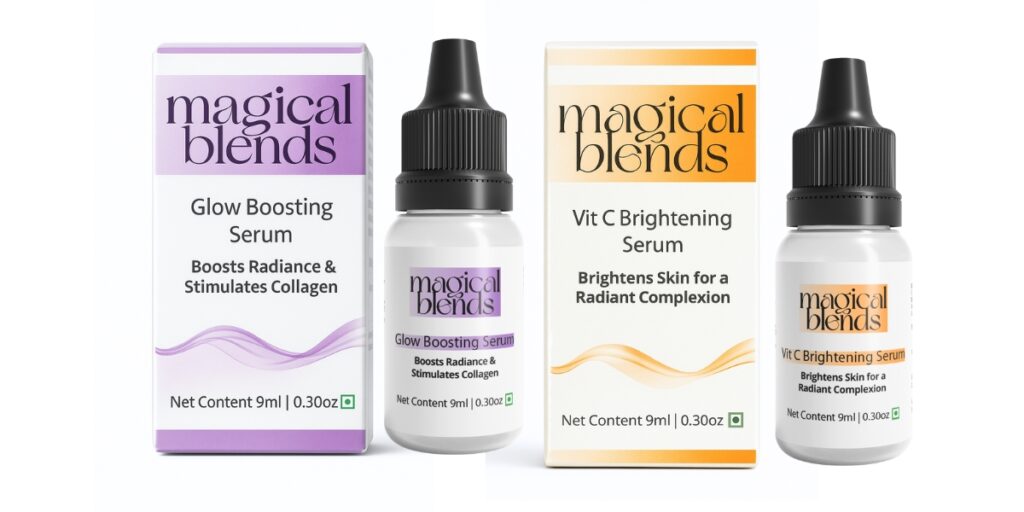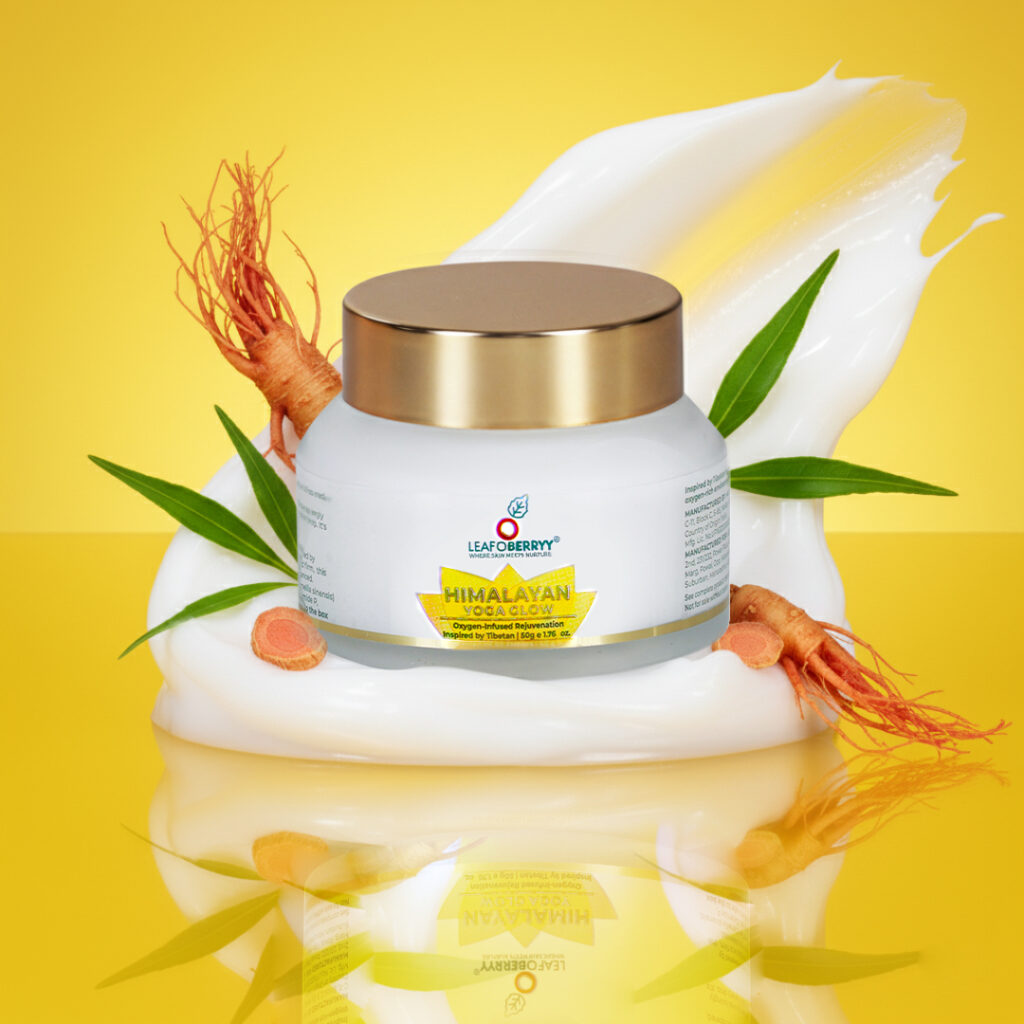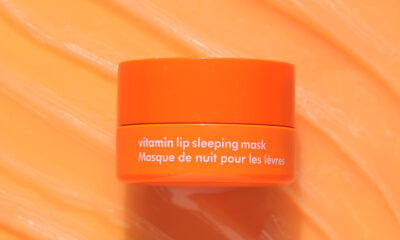Health & Beauty
Smooth skin forever? Laser Hair Removal truth

If you’re not happy with shaving, tweezing, or waxing to remove unwanted hair, laser hair removal may be an option worth considering.
Laser hair removal is one of the most commonly done cosmetic procedures in the U.S. It beams highly concentrated light into hair follicles. Pigment in the follicles absorb the light. That destroys the hair.
Benefits of Laser Hair Removal
Lasers are useful for removing unwanted hair from the face, leg, arm, underarm, bikini line, and other areas.
Benefits of laser hair removal include:
Precision. Lasers can selectively target dark, coarse hairs while leaving the surrounding skin undamaged.
Speed. Each pulse of the laser takes a fraction of a second and can treat many hairs at the same time. The laser can treat an area approximately the size of a quarter every second. Small areas such as the upper lip can be treated in less than a minute, and large areas, such as the back or legs, may take up to an hour.
Predictability. Most patients have permanent hair loss after an average of three to seven sessions.
How to Prepare for Laser Hair Removal
Laser hair removal is more than just ”zapping” unwanted hair. It is a medical procedure that requires training to perform and carries potential risks. Before getting laser hair removal, you should thoroughly check the credentials of the doctor or technician performing the procedure.
If you are planning on undergoing laser hair removal, you should limit plucking, waxing, and electrolysis for six weeks before treatment. That’s because the laser targets the hairs’ roots, which are temporarily removed by waxing or plucking.
You should also avoid sun exposure for six weeks before and after treatment. Sun exposure makes laser hair removal less effective and makes complications after treatment more likely.
What to Expect During Laser Hair Removal
Just before the procedure, your hair that will be undergoing treatment will be trimmed to a few millimetres above the skin surface. The laser equipment will be adjusted according to the color, thickness, and location of your hair being treated as well as your skin color.
Health & Beauty
Magical Blends Introduces Serums Tailored for the Winter-Festive Radiance

This winter-festive season, let your skin do the celebrating. Magical Blends, India’s first patented personalised skincare system, takes the guesswork out of your beauty routine with its easy, one-step serum pairings designed to give you that effortless glow — day and night.

Whether you’re prepping for festive gatherings or braving the winter chill, Magical Blends has your perfect serum match.
For a Festive-Ready Brightening Glow
Brightening Combo: Glow Boosting Serum + Vitamin C Brightening Serum
Glow Boosting Serum (Niacinamide-powered)
Infused with Niacinamide, this serum tackles dullness, blemishes, and uneven texture. It strengthens the skin barrier and restores that lit-from-within freshness — perfect for morning prep or pre-event radiance.
Vitamin C Brightening Serum
Your go-to for even-toned, radiant skin. This night-time essential fades pigmentation, revives dullness, and boosts collagen for a visibly youthful glow. Formulated for PM use, it works overnight to brighten and firm the skin while protecting it from photo-exposure-related damage.

Together, they form the ultimate glow duo — one brightens overnight, the other amplifies your natural luminosity by day.
Price: ₹1200 (For the combo)
To Buy: https://magicalblends.in/products/brightening-glowing-skin-combo
For Winter-Proof, Hydrated and Younger Looking Skin
Anti Ageing Combo: Skin Plumping Serum + Renewing Overnight Serum

- Skin Plumping Serum
Your instant moisture surge. This power-packed formula hydrates deeply, reduces fine lines, and enhances elasticity — giving skin that plump, youthful bounce. Its barrier-boosting actives help lock in moisture and guard against harsh, cold weather. - Renewing Overnight Serum (Ceramides + Squalane)
A night-time repair hero that restores skin health while you sleep. It strengthens the barrier, supports cell renewal, and combats dryness, fatigue, and early signs of ageing — so you wake up to smoother, softer, more resilient skin.
Price: ₹1200 (For the combo)
To Buy: https://magicalblends.in/products/ant-ageing-plumped-skin-combo
The Magical Twist: With Magical Blends’ blend-it-yourself system, skincare becomes intuitive. Simply mix 3–4 drops of your chosen serum(s) into the cream or gel, apply, and let your skin soak in the goodness — no 10-step ritual needed.
Good to Know: Dermat-tested | Vegan & Plant-based Actives | No Sulphates, Mineral Oil, Artificial Fragrance or Colour | Cruelty-Free
Health & Beauty
LEAFOBERRYY Launches the Perfect Winter-Festive Duo for Nourished, Radiant Skin

With the winter chill setting in and festive glow taking over, LEAFOBERRYY — the premium Indian skincare brand that beautifully marries traditional nuskhe with modern formulation science — unveils the ideal duo for this season: the Himalayan Yoga Glow Cream and Chia Seed Fusion Shower Gel. Thoughtfully crafted to restore hydration, vitality, and radiance, this pairing is designed to make your skin look as joyful as the celebrations around you.

Awaken Your Skin with Chia Seed Fusion Shower Gel
Winter often leaves the skin feeling dry and fatigued, but LEAFOBERRYY’s Chia Seed Fusion Shower Gel turns your everyday shower into a deeply hydrating ritual. At the heart of this indulgent cleanser lies Chia Seed Extract, a natural powerhouse rich in omega-3 fatty acids, antioxidants, proteins, and essential minerals. Together, these nutrients help reinforce the skin barrier, maintain moisture, and protect against free radical damage caused by cold, dry air.

The gel’s luxurious, lightweight foam gently removes impurities without disrupting the skin’s natural oils, ensuring your skin feels clean yet nourished. It refines texture, evens tone, and keeps dullness at bay, leaving behind a soft, supple finish. What makes it truly special is its IFRA-certified, alcohol- and chemical-free fragrance, which wraps the skin in a delicate, uplifting scent that lasts all day — a sensory treat that feels like self-care in a bottle.
Perfect for everyday use, this shower gel is your first step toward hydrated, radiant skin this winter.

Price: ₹639 for 200ml
Buy here: leafoberryyskincare.com/products/chia-seed-fusion-shower-gel
Restore and Radiate with Himalayan Yoga Glow Cream
Inspired by the oxygen-rich altitudes of Tibet, LEAFOBERRYY’s Himalayan Yoga Glow Cream brings the calm, balance, and vitality of a yoga session to your skin. Powered by Tibetan botanicals and Red Ginseng, this advanced oxygen-boosting formula works to revive fatigued skin, enhance circulation, and restore natural luminosity.
Red Ginseng, revered for centuries for its energizing and firming properties, helps combat early signs of aging while improving elasticity and tone. The Tibetan herbal blend supports oxygenation, ensuring skin receives optimal nourishment and stays resilient against environmental stress.
Its silky, lightweight texture absorbs instantly, leaving no residue — only smooth, radiant skin that feels alive and rejuvenated. With continued use, it minimizes dullness, restores firmness, and imparts a youthful, yoga-like glow that lasts well beyond the festive season.
Price: ₹1,599 for 50gm
Buy here: leafoberryyskincare.com/products/leafoberryy-himalayan-yoga-glow-cream
LEAFOBERRYY products are Vegan, Cruelty-Free, SLS & Paraben-Free, and IFRA & ISO Certified, reflecting the brand’s commitment to mindful, safe, and effective skincare.
Also Available On: Amazon, Smytten and coming soon on Blinkit, Myntra, Purplle & more
Health & Beauty
The Only Skincare Shortcut Your Festive Calendar Needs

Blend, Glow, Repeat with Magical Blends!
The Only Skincare Shortcut Your Festive Calendar Needs
Diwali is almost here, and while you’re busy picking outfits and gifts, don’t forget the most important accessory — glowing, healthy skin. Enter Magical Blends, India’s first patented personalised skincare system, designed to take the guesswork out of your routine.

Their AM-to-PM Festive Regime is fuss-free, effective, and perfect for this season of endless soirées. Think glow-boosting actives, overnight repair heroes, brightening serums and a nourishing base that work as hard as you do.
Glow Boosting Serum (Niacinamide-powered)
Targets dullness and blemishes, strengthens the skin barrier, and gives you that fresh, lit-from-within glow.

Vitamin C Brightening Serum
Fades pigmentation and dark spots, boosts collagen production, and revives tired skin for that even-toned festive radiance.
Renewing Overnight Serum (Ceramides + Squalane)
Your bedtime saviour — hydrates, nourishes, and repairs while you sleep, keeping fine lines and fatigue away. Gives you a youthful feel to your skin so it never feels stretchy or itchy.
Deep Nourishing Cream
A rich, non-sticky moisturiser that hydrates, soothes, and softens with shea and cocoa butters. Clean, and comforting — your skin’s daily dose of lasting nourishment.
The twist? Magical Blends’ blend-it-yourself system. Just add 3–4 drops of your chosen serum(s) to the nourishing cream, mix, and apply. Custom care in under a minute — no 10-step rituals, just results.
Good to know: Dermat-tested | Vegan & Plant-based actives | No sulphates, mineral oil, or artificial fragrance or colour | Cruelty-free
Price: From ₹300 onwards.
Shop here: magicalblends.in
This festive season, glow isn’t optional — it’s personal.
-

 Celebrities2 years ago
Celebrities2 years agoVOGUE EYEWEAR UNVEILS ‘KEEP PLAYING’, AN EFFERVESCENT CAMPAIGN WITH BRAND AMBASSADOR
-

 Events7 years ago
Events7 years agoVandy Mehra & Dr. Sanjana Jon hosted a fashionable evening
-

 Health & Beauty1 year ago
Health & Beauty1 year agoThe Face Shop Unveils the Vitamin Lip Sleeping Mask: A Revolution in Lip Care
-

 Business8 years ago
Business8 years agoUber and Lyft are finally available in all of New York State
-

 Lifestyle10 months ago
Lifestyle10 months agoAza Fashions Launches Flagship Store in Dhan Mill, New Delhi
-

 Celebrities2 years ago
Celebrities2 years agoAppu gives meaningful message in country’s first 4K animated
-

 Health & Beauty1 year ago
Health & Beauty1 year agoBaby Forest Ayurveda opens new brick and mortar store in Noida
-

 Events1 year ago
Events1 year agoRadhika Ambani donned four bespoke gowns for her $600M wedding














